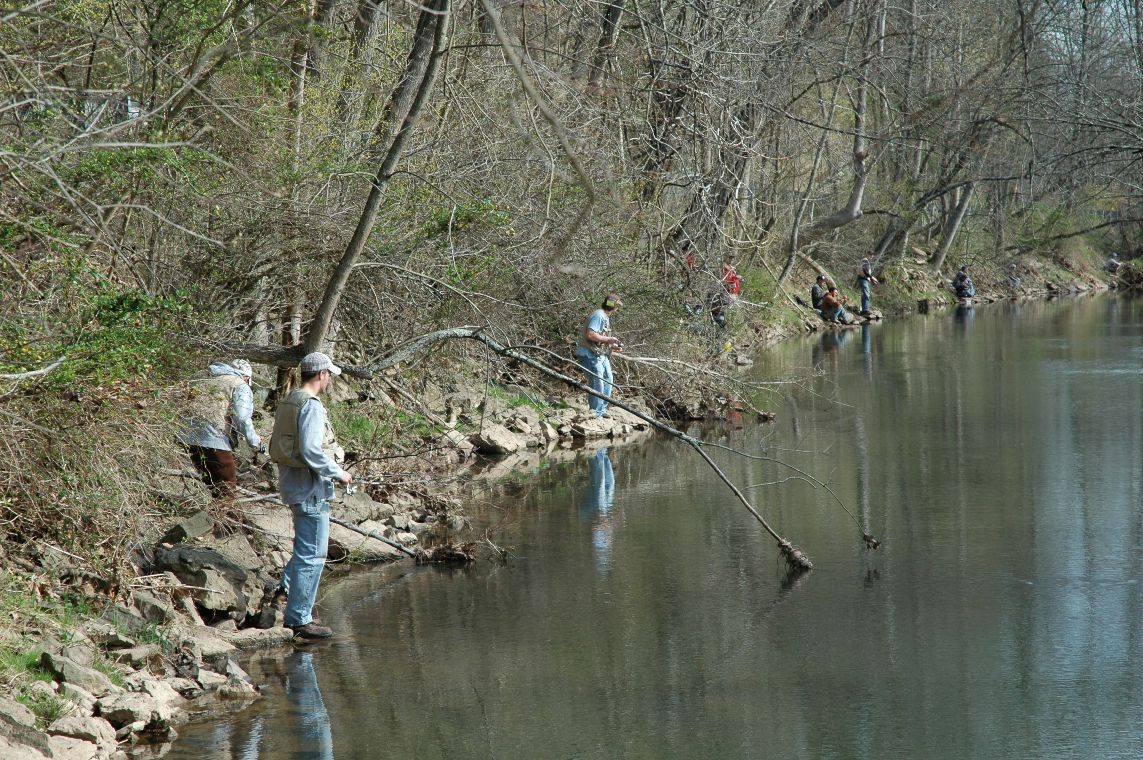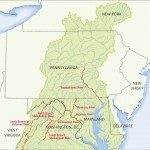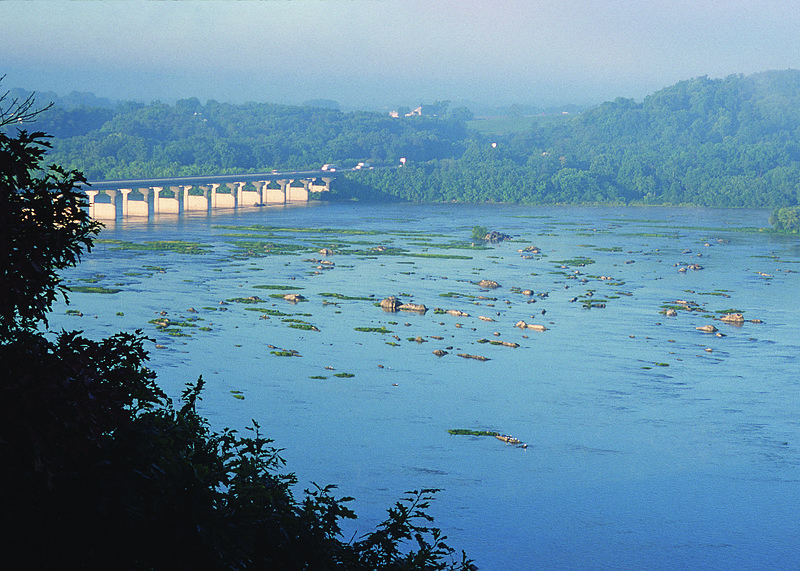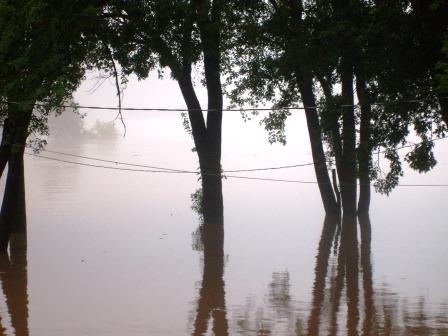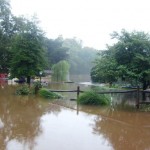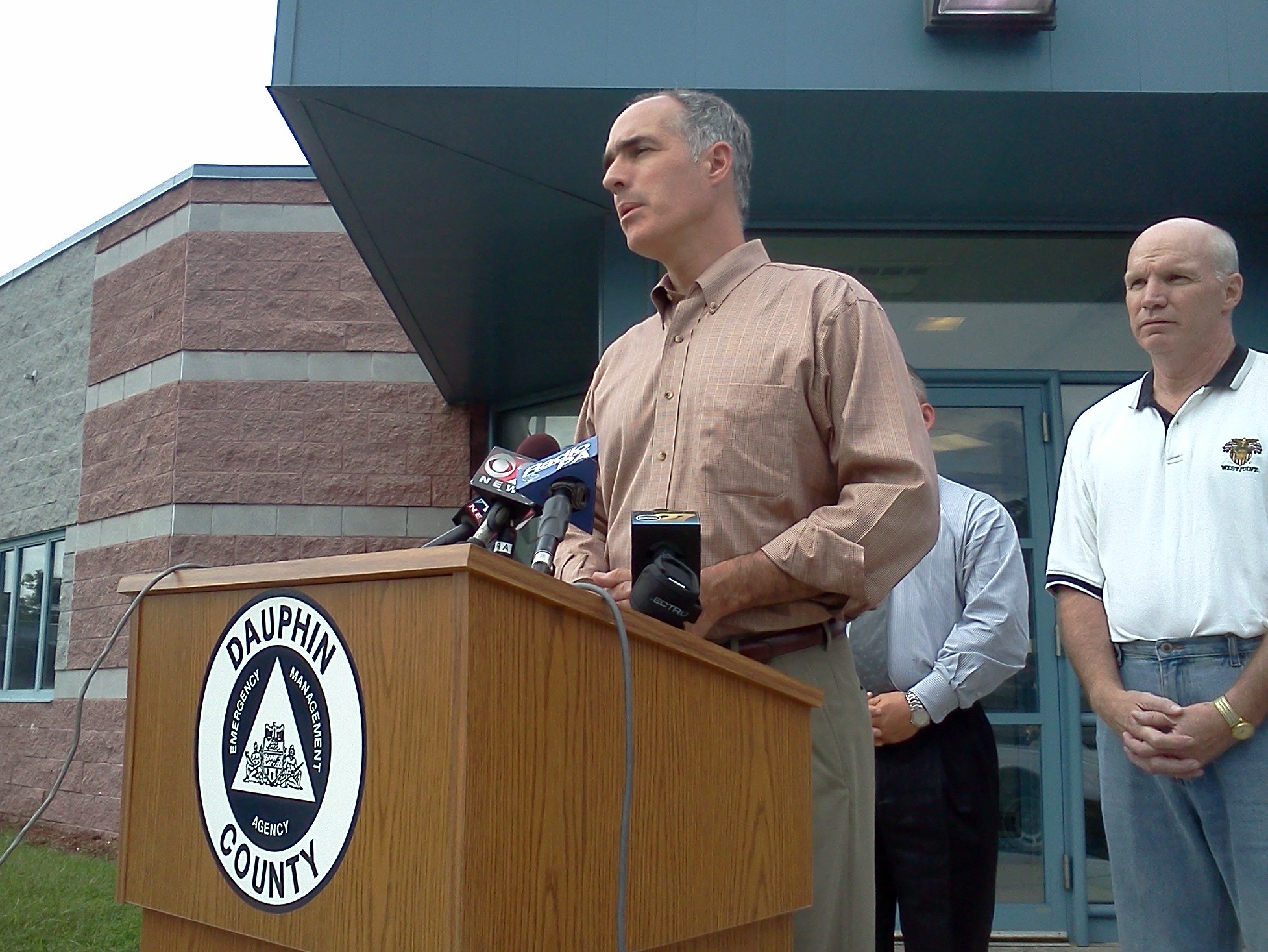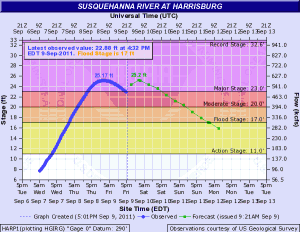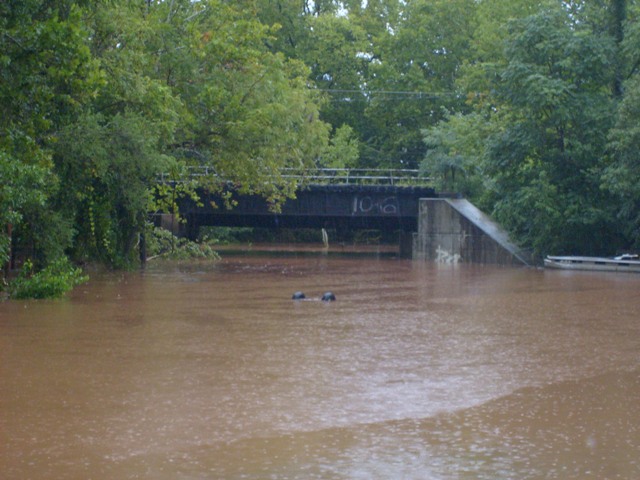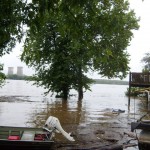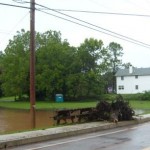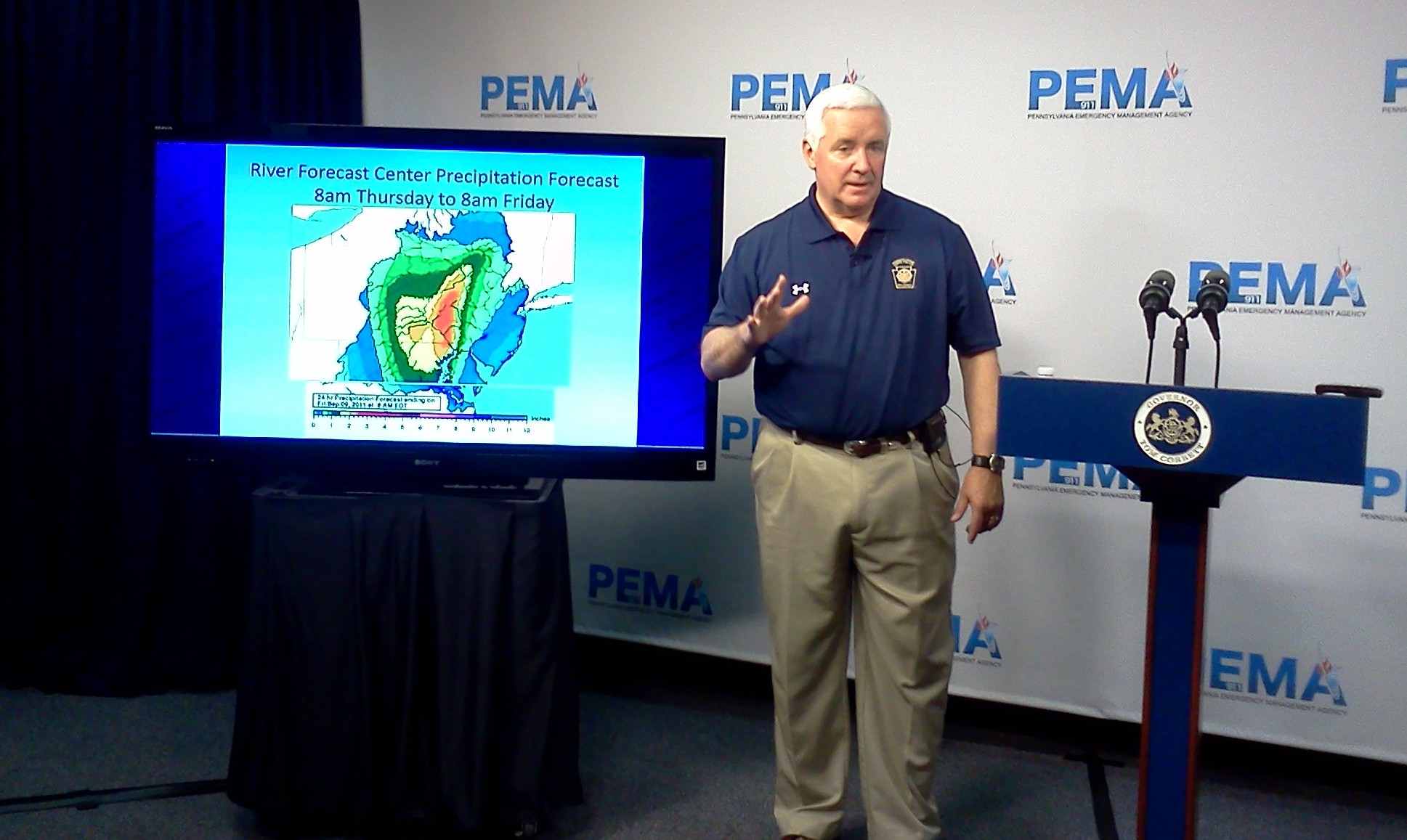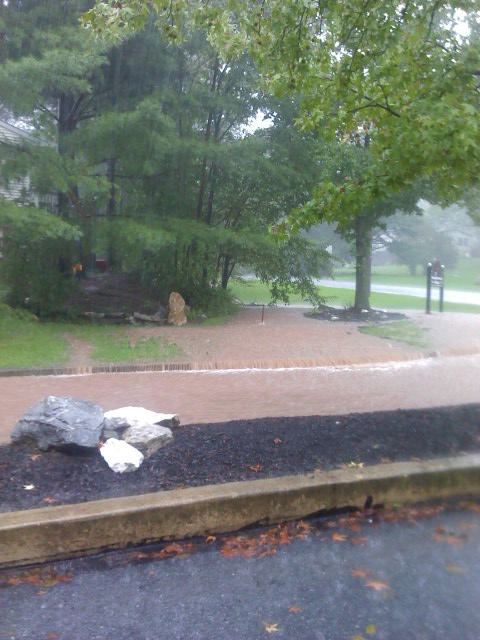Chesapeake Bay Foundation Sounds Alarm on Susquehanna River
The smallmouth bass in the Susquehanna River are sick. Anglers have been finding diseased and dying fish in the Susquehanna for years and the smallmouth bass population is suffering. “Smallmouth bass are the canary in the coal mine for the bay’s rivers,” said Chesapeake Bay Foundation president Will Baker.
The CBF has just released a 28-page report, which documents what they are calling a perfect storm of pollution, parasites and warming water temperatures.
“In the Susquehanna River, especially, state and federal officials must move immediately to reduce pollution and to formally designate the river as impaired under the authority of the federal Clean Water Act,” Baker said on a Thursday conference call with reporters from throughout the Chesapeake Bay watershed.
The state Department of Environmental Protection (DEP) did not designated the Susquehanna as impaired when it released its Integrated Waters report in January, but the agency is calling for a comprehensive, year-long study of the Susquehanna to conclusively determine what is ailing the smallmouth bass.
But the CBF and Pennsylvania Fish & Boat Commission are calling on the federal Environmental Protection Agency to reverse the state’s decision based on its authority under the aforementioned Clean Water Act.
Such a designation for a 98-mile stretch of the Susquehanna River, from Sunbury to the Maryland state line, would allow for the immediate implementation of an action plan. As Pennsylvania Fish & Boat Commission executive director John Arway explained, they don’t want to be studying the river until the last fish dies.


